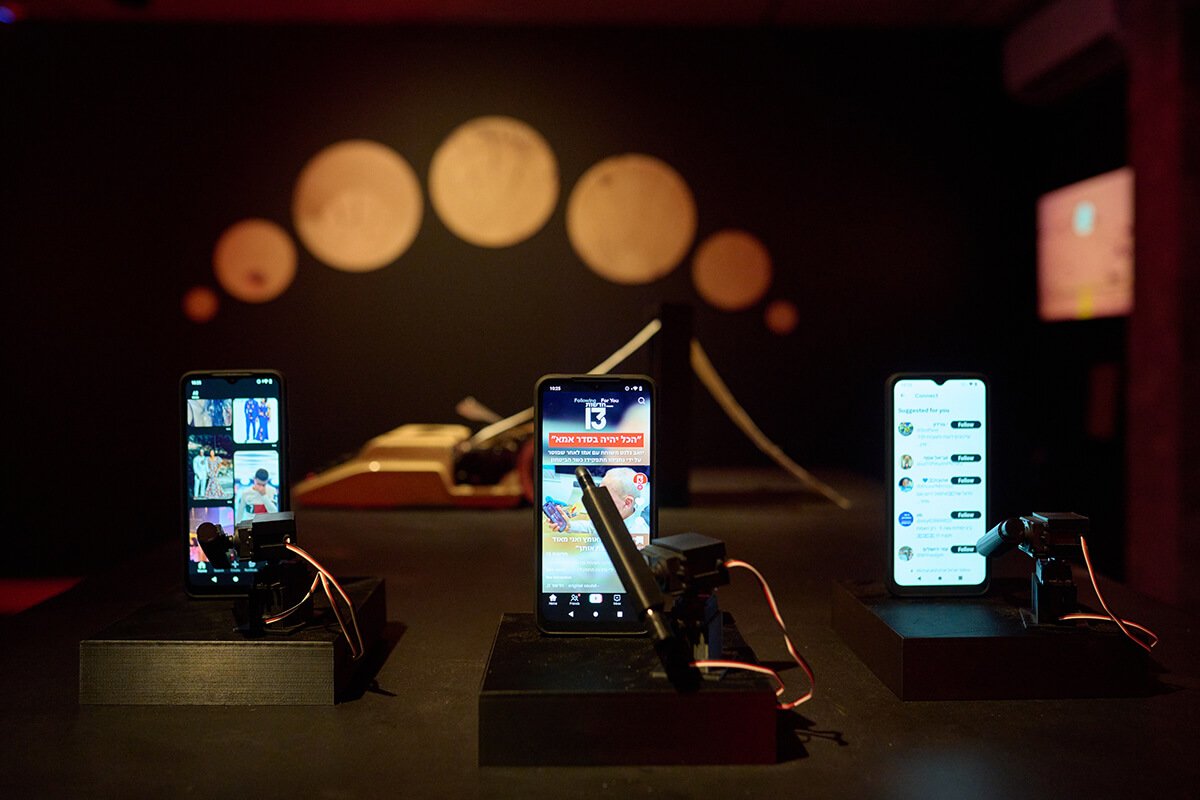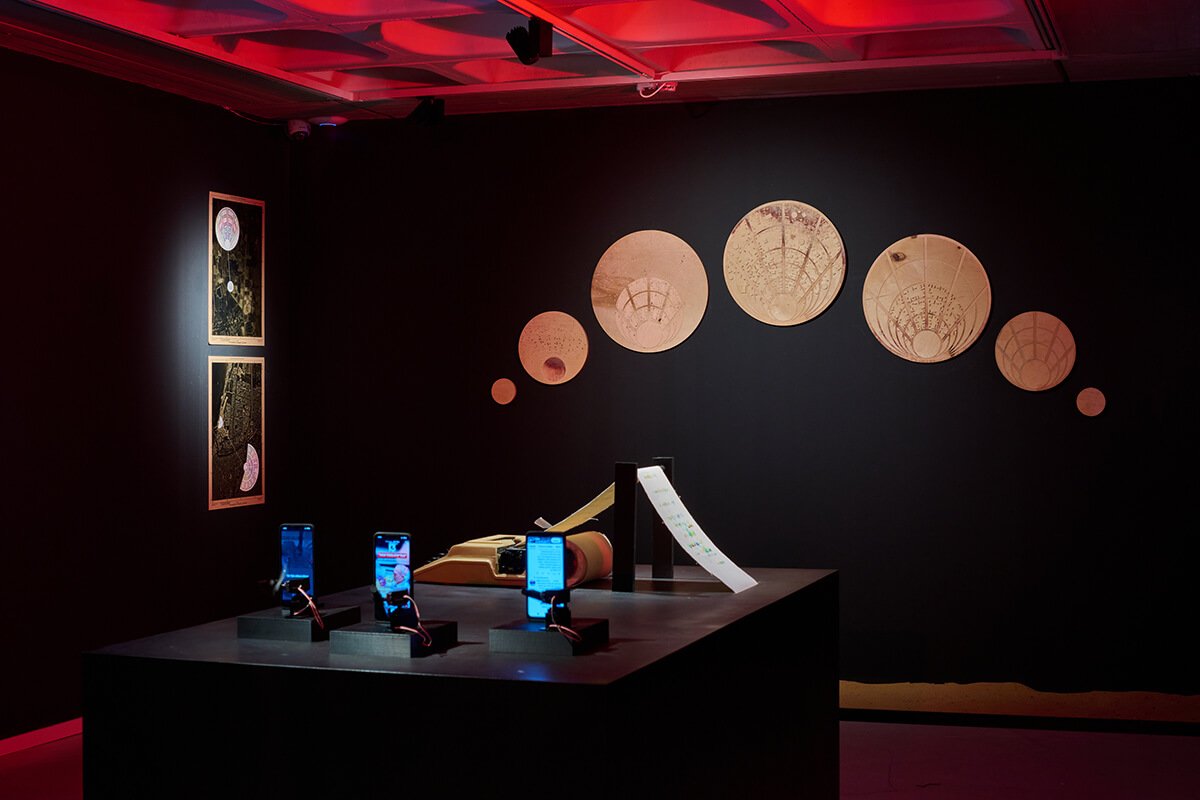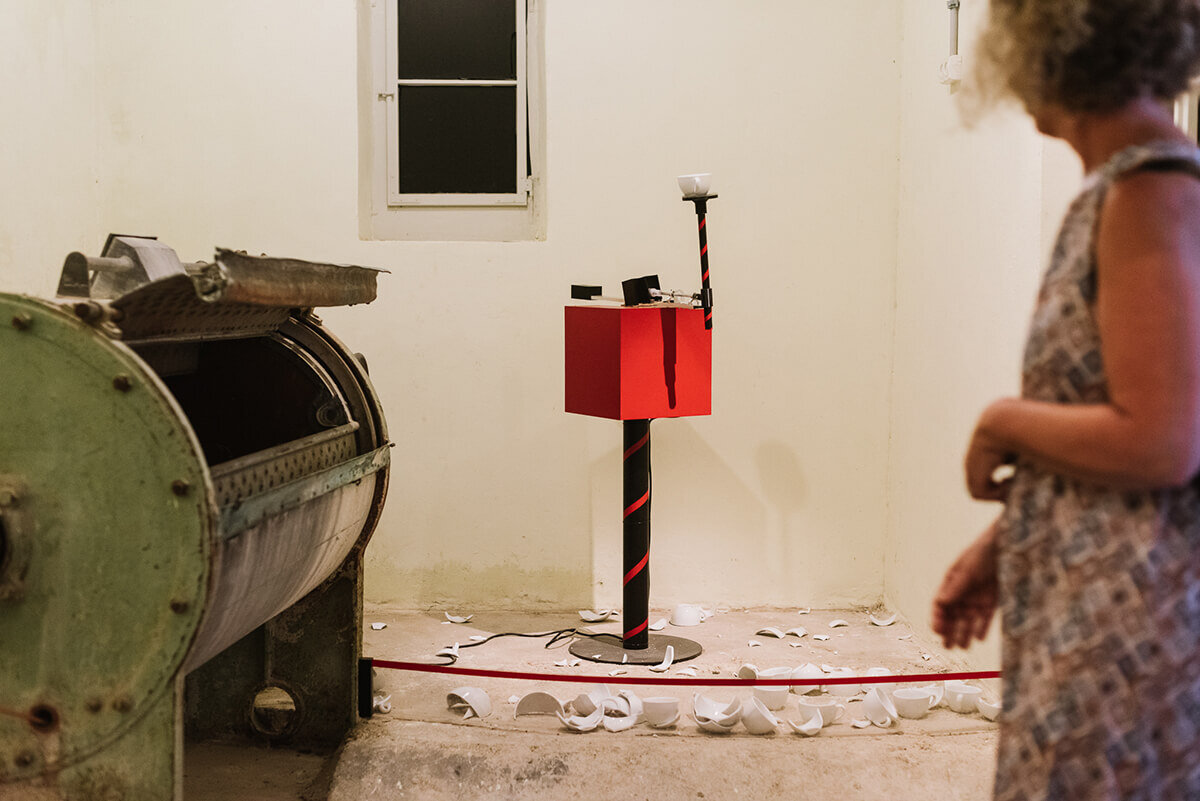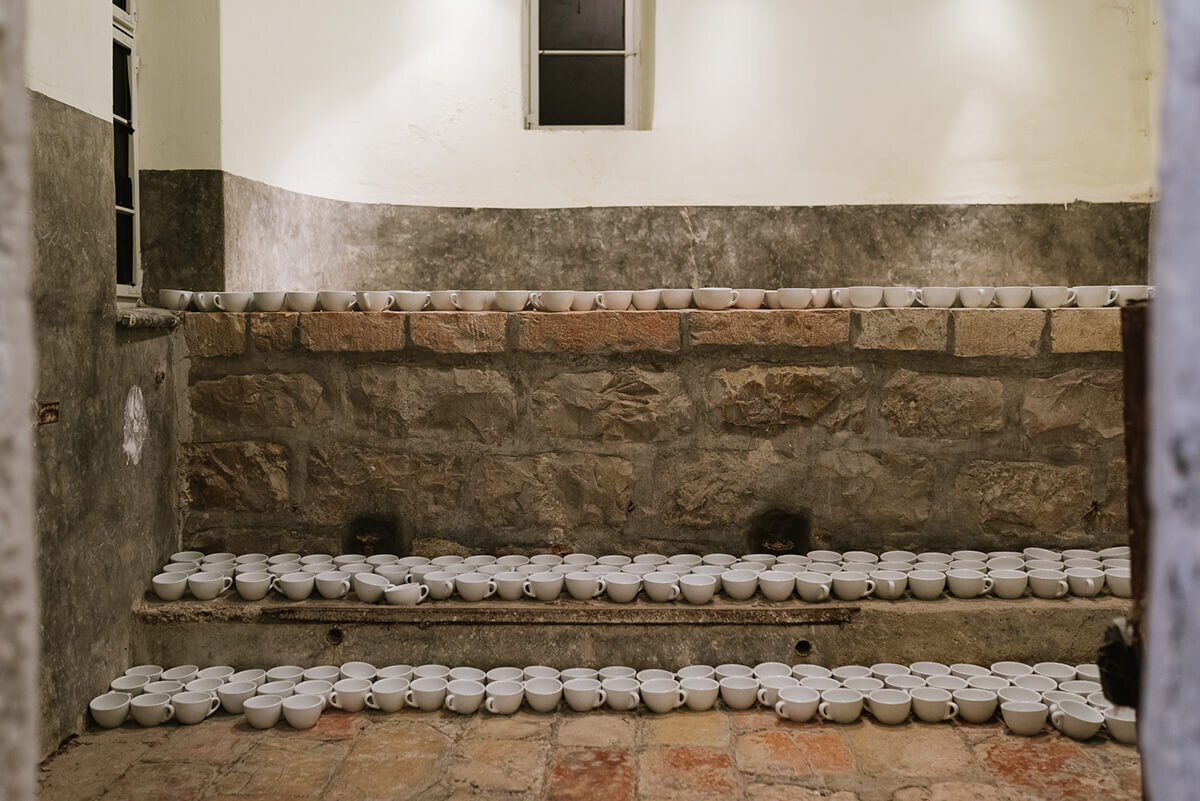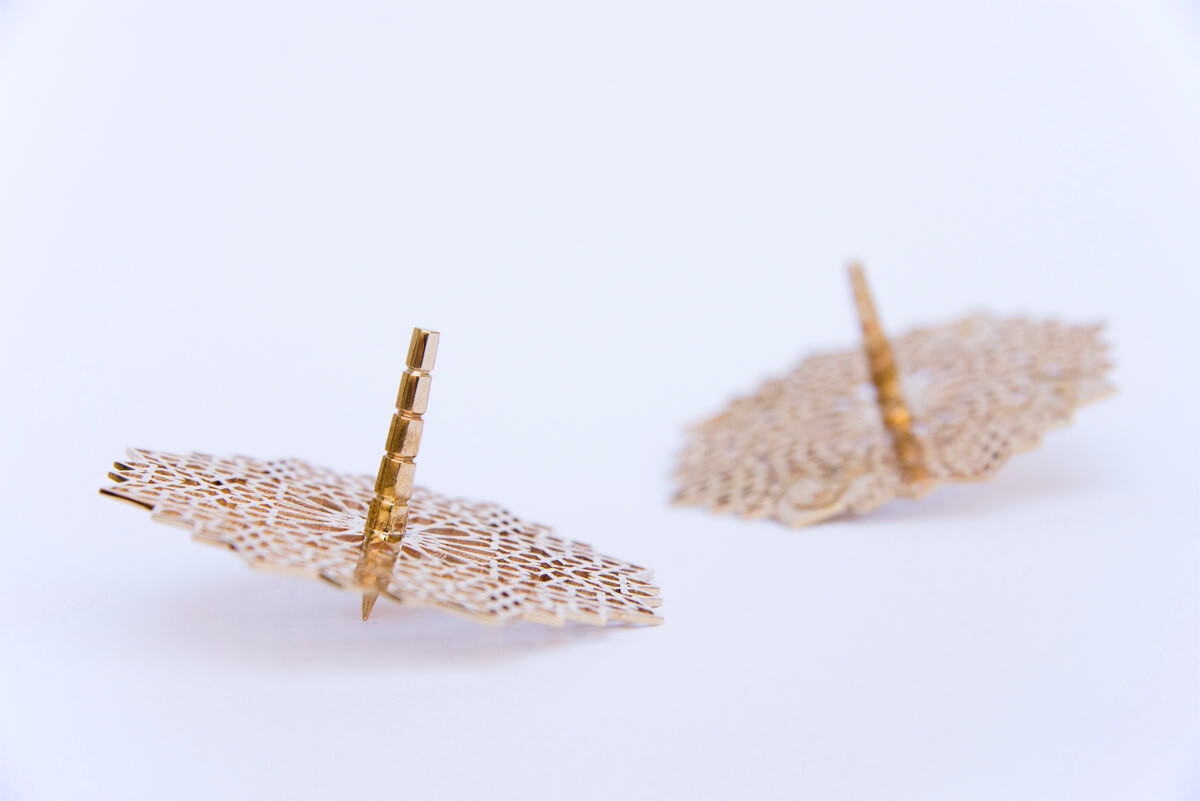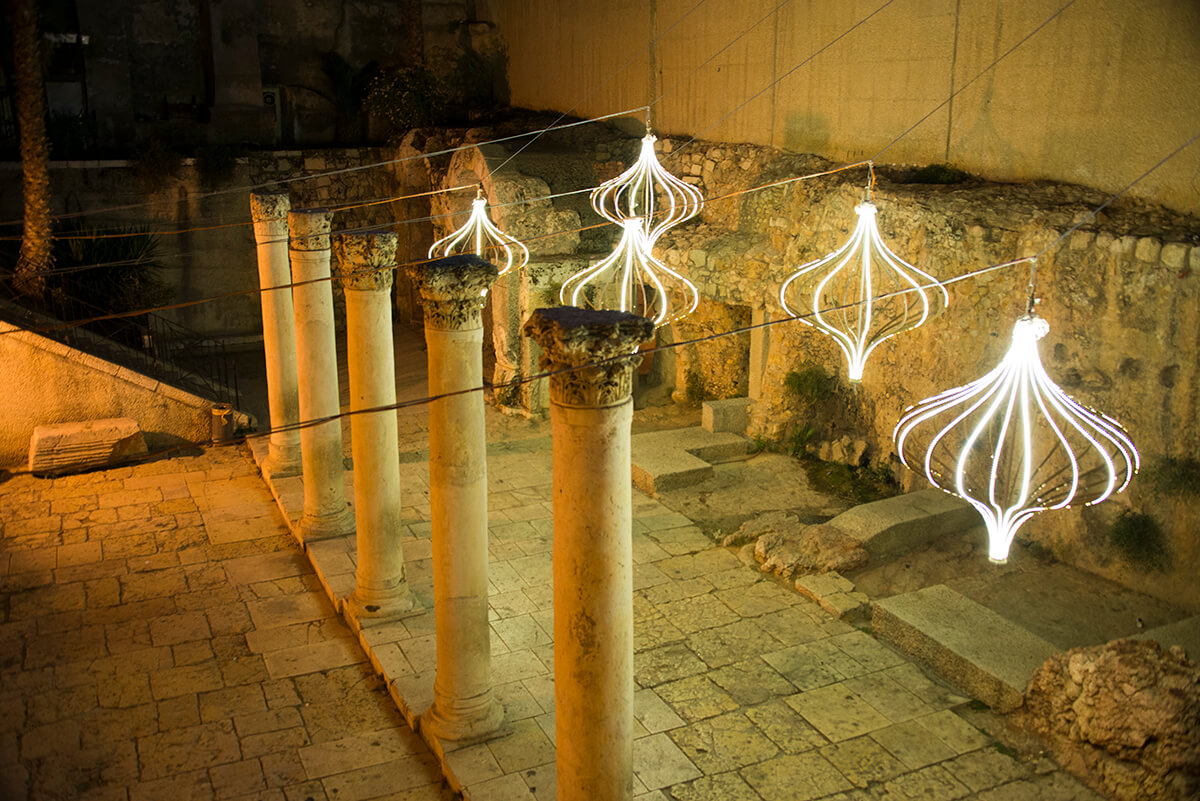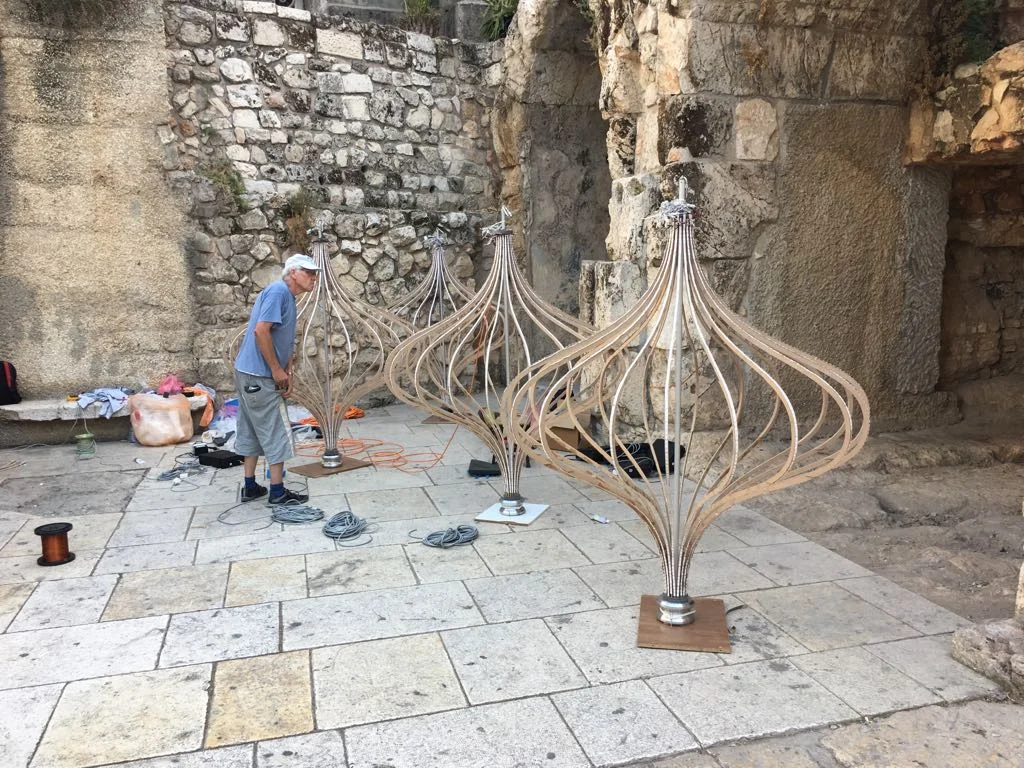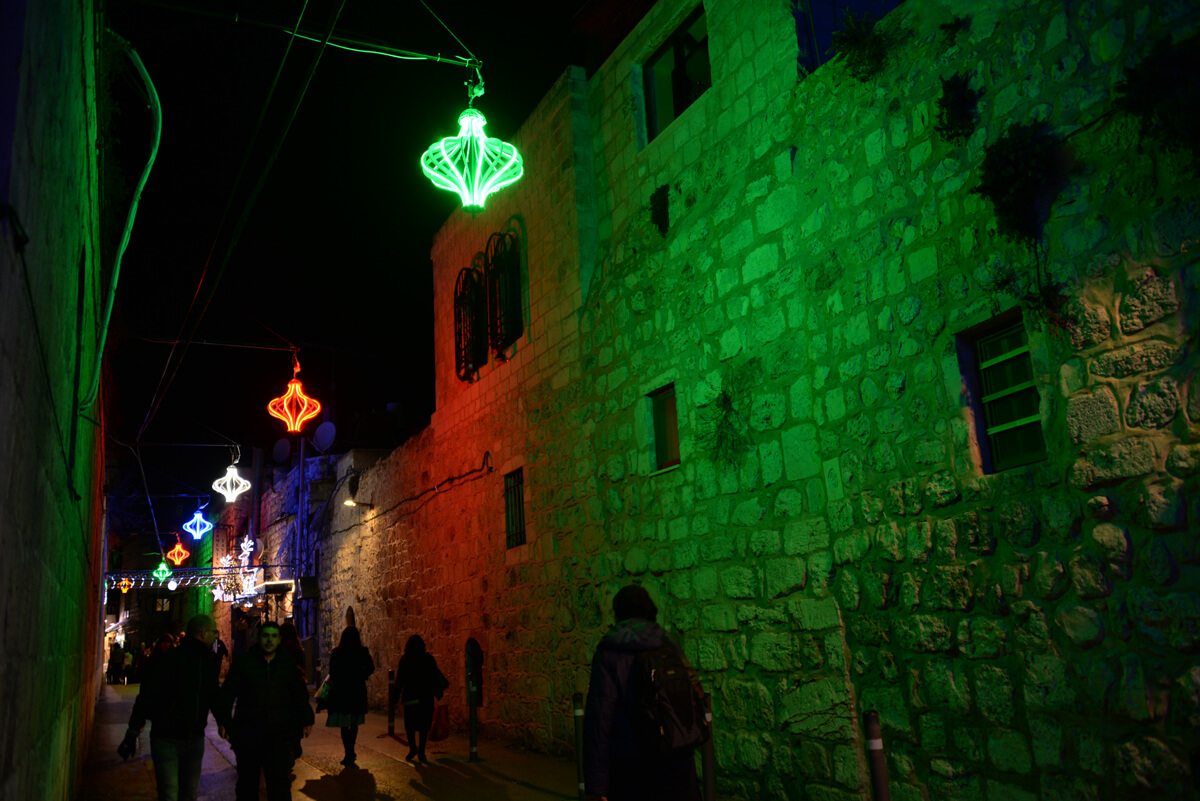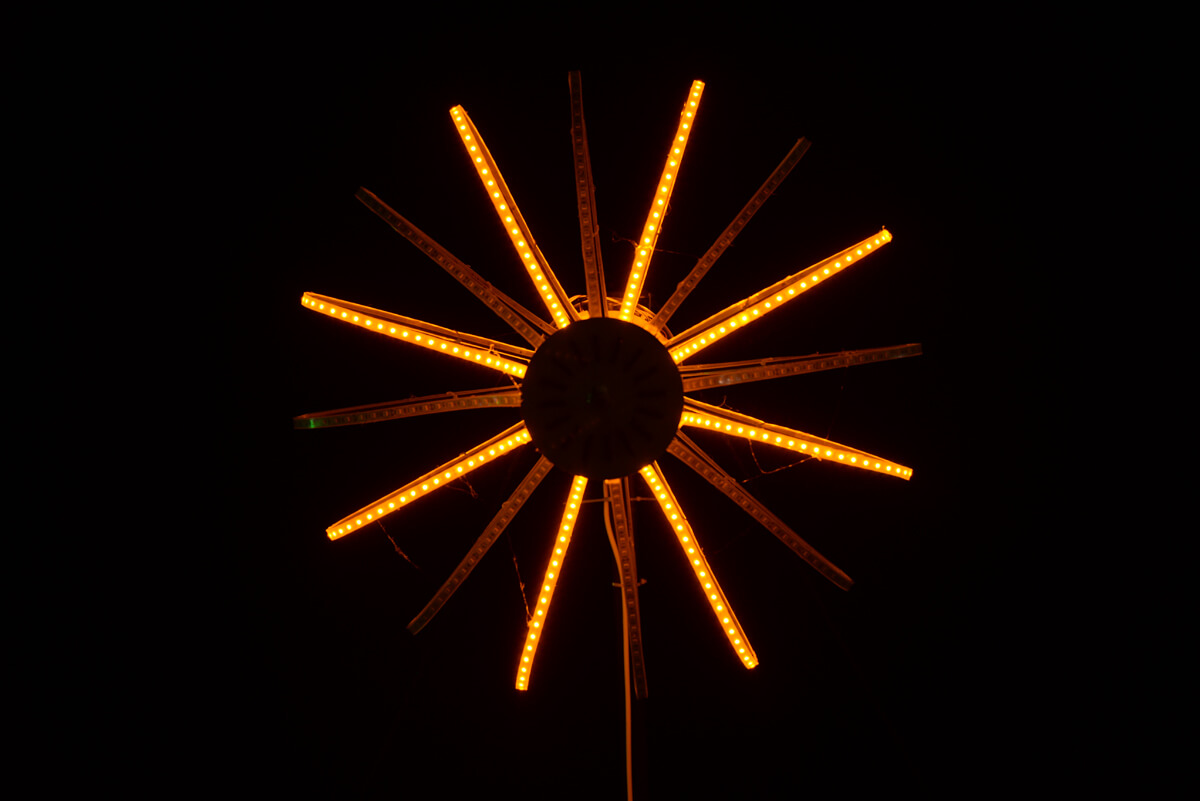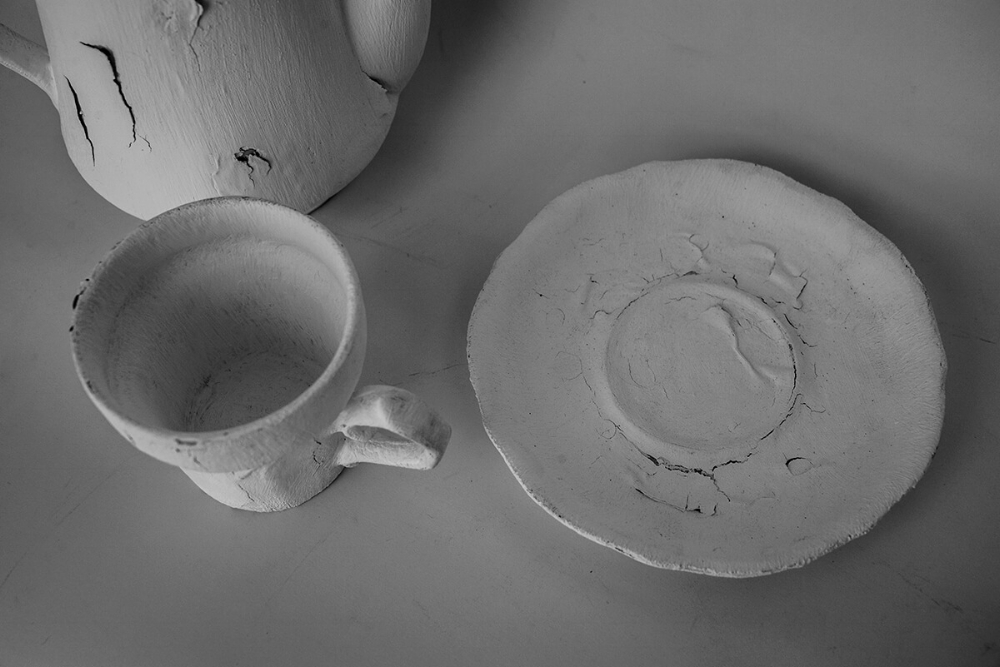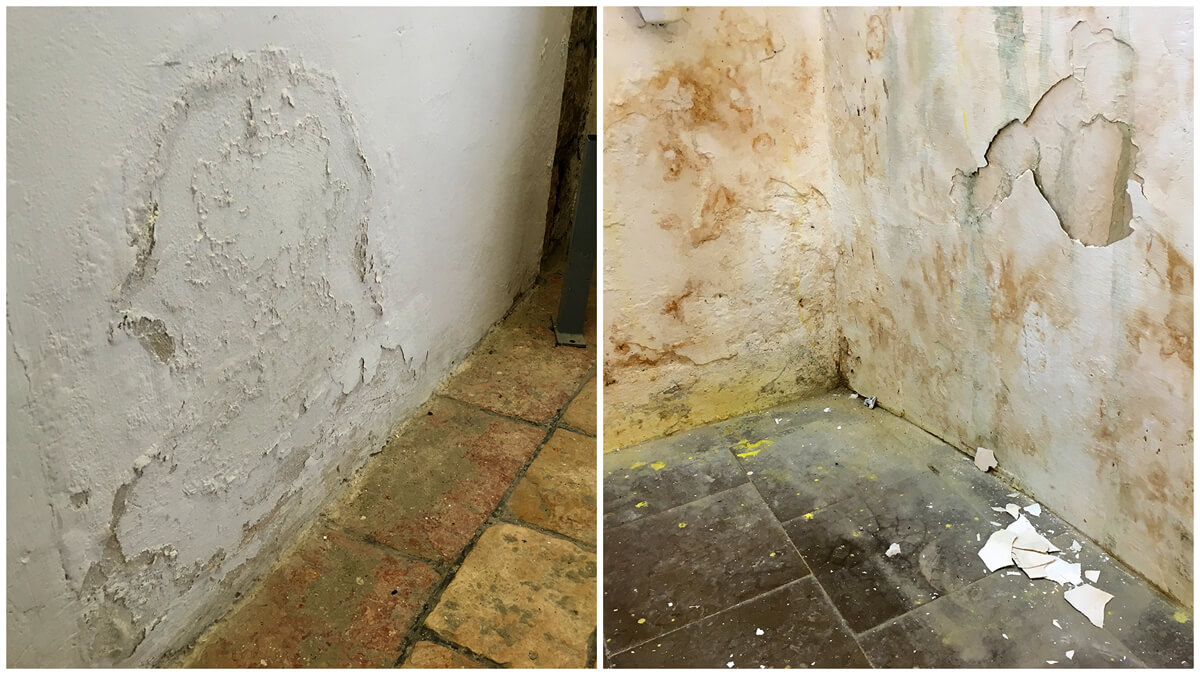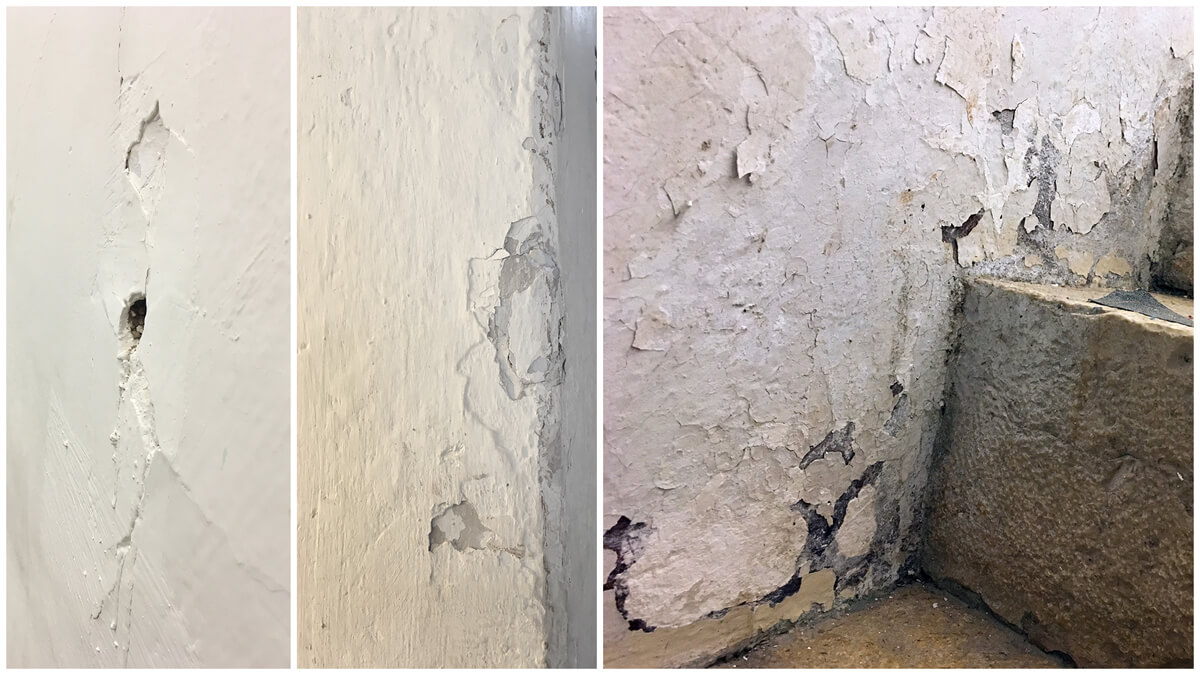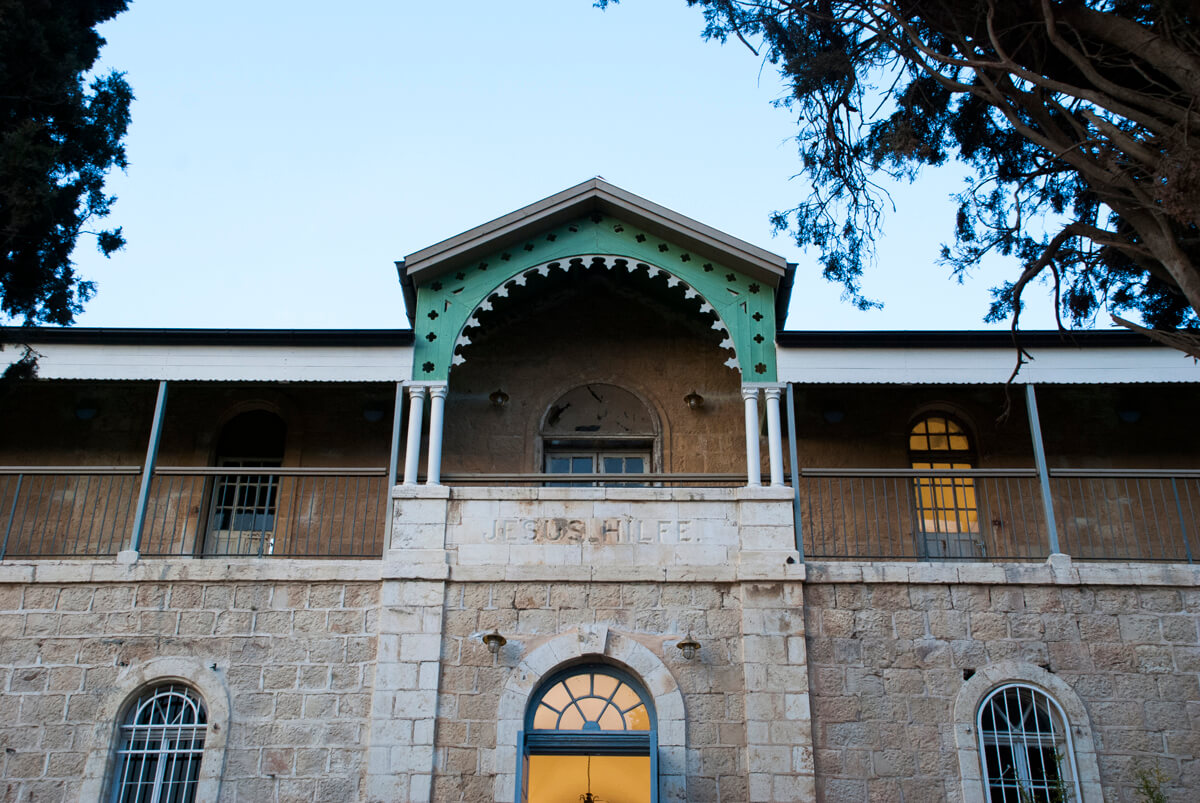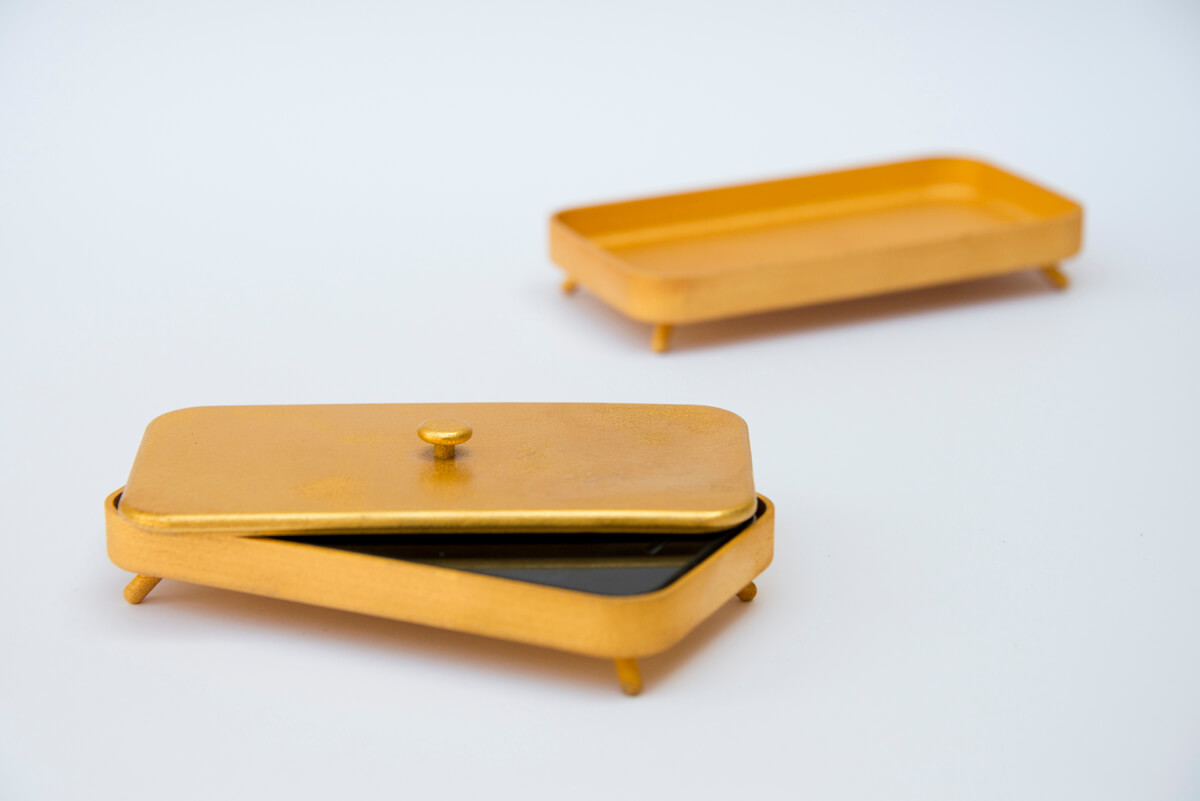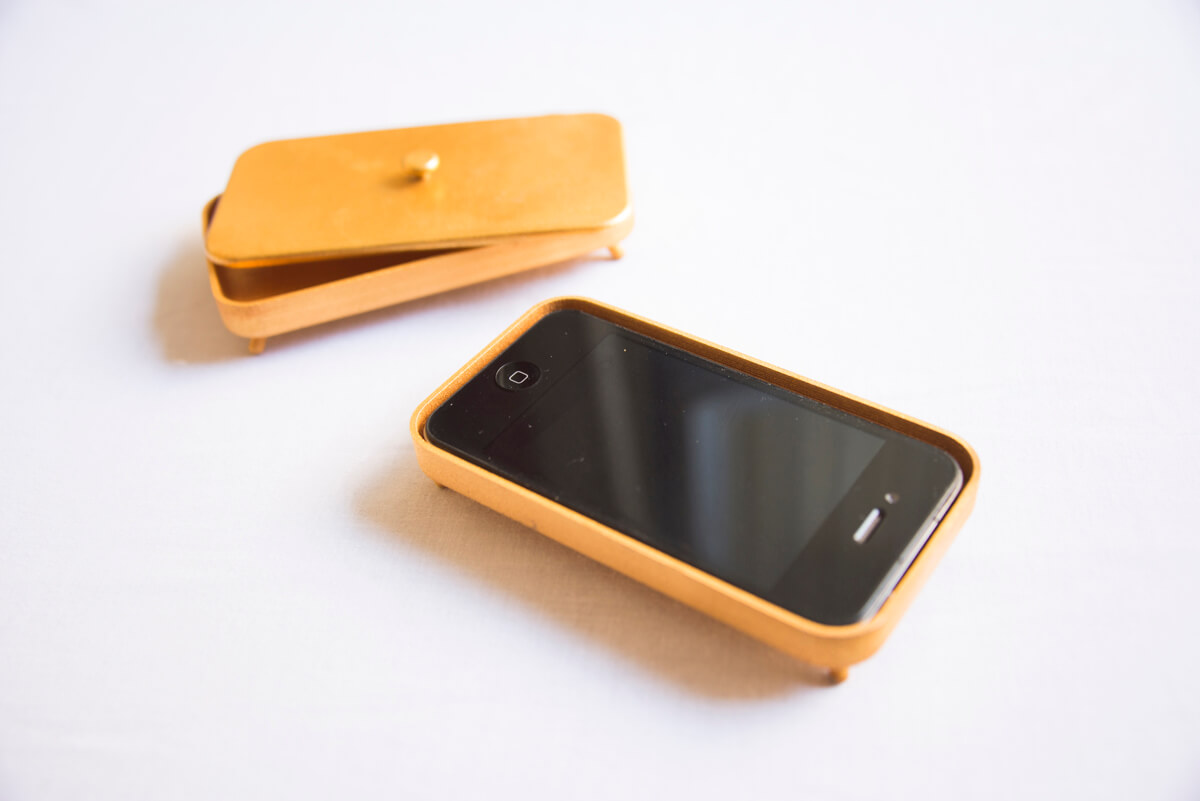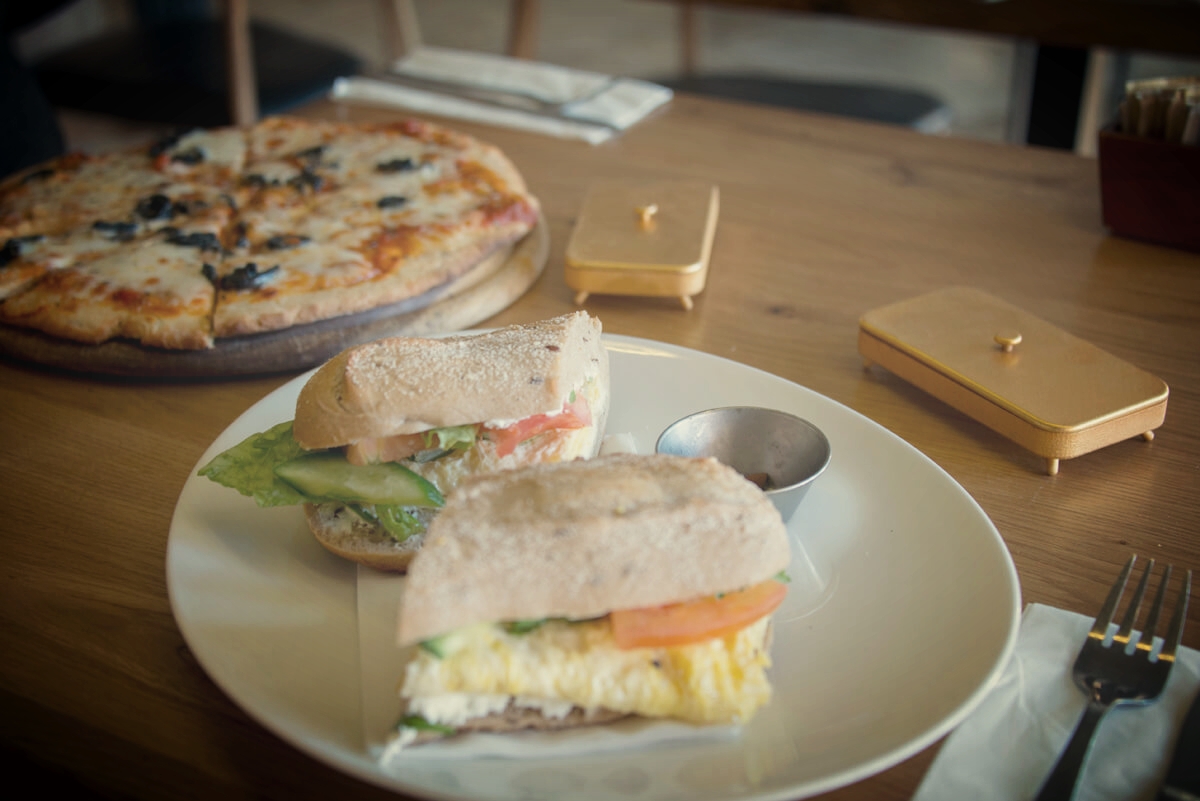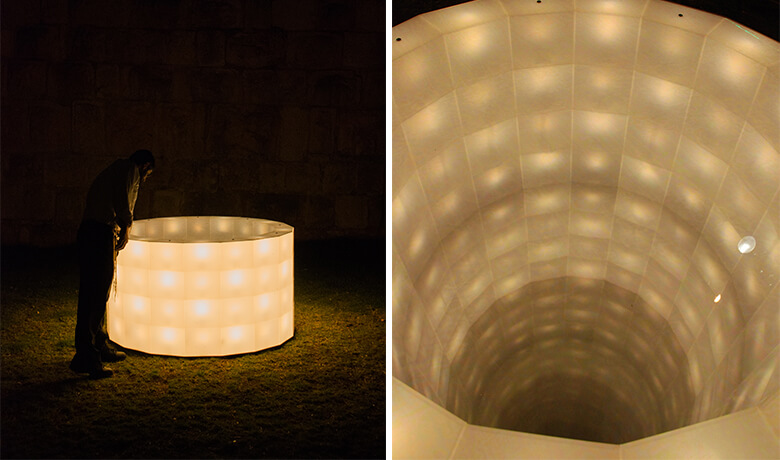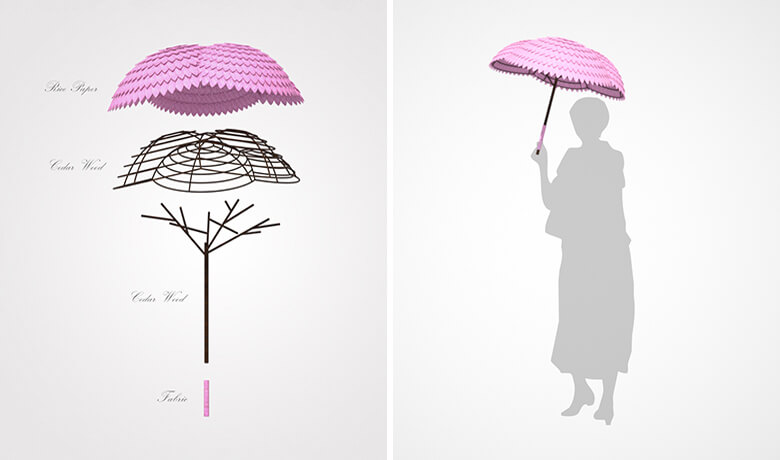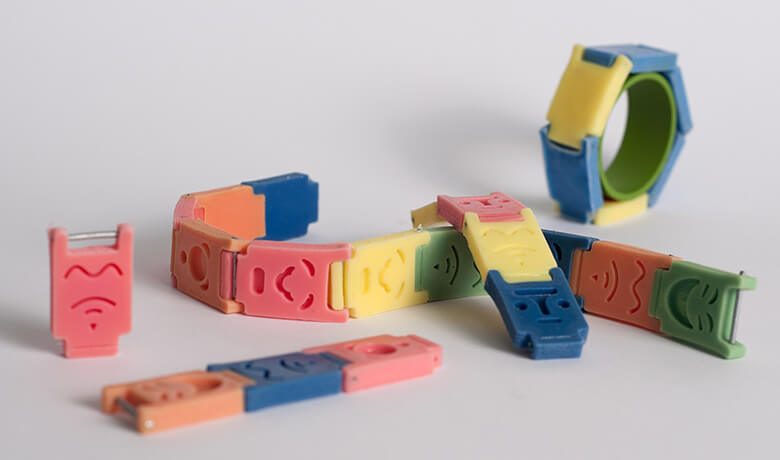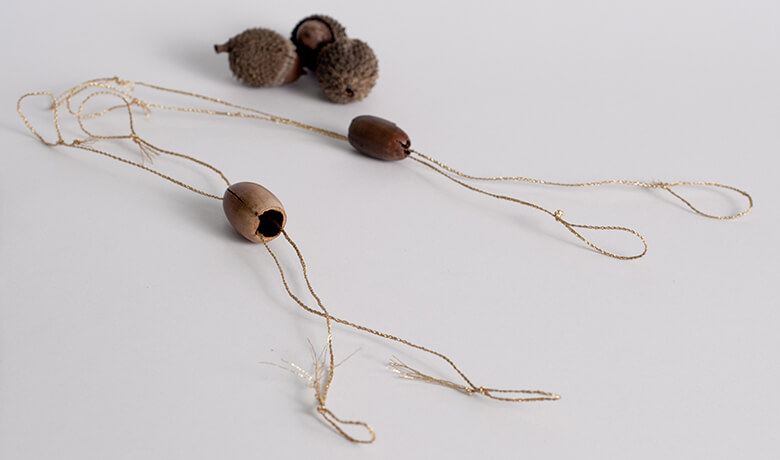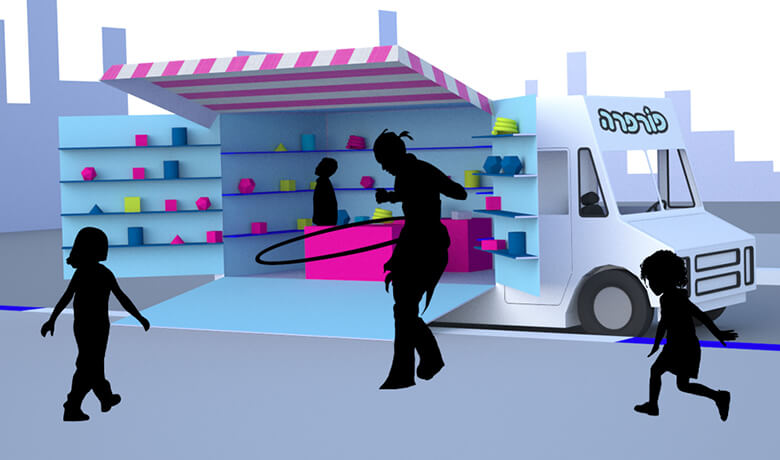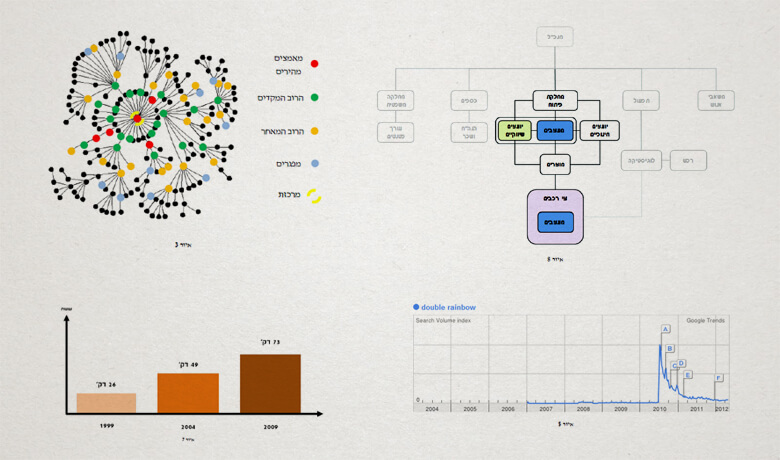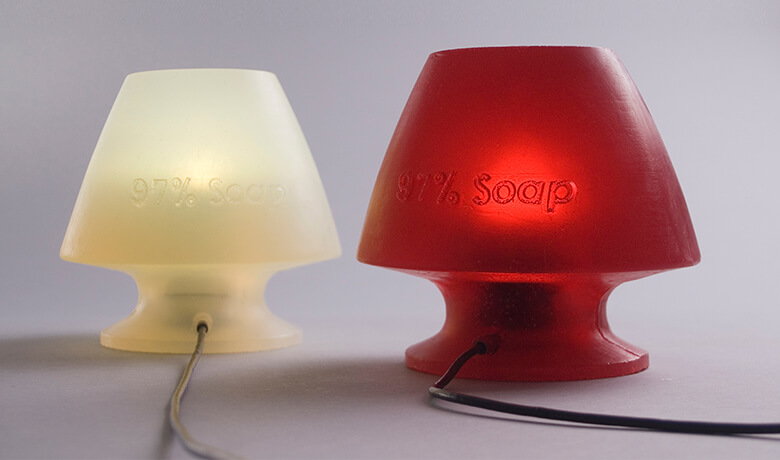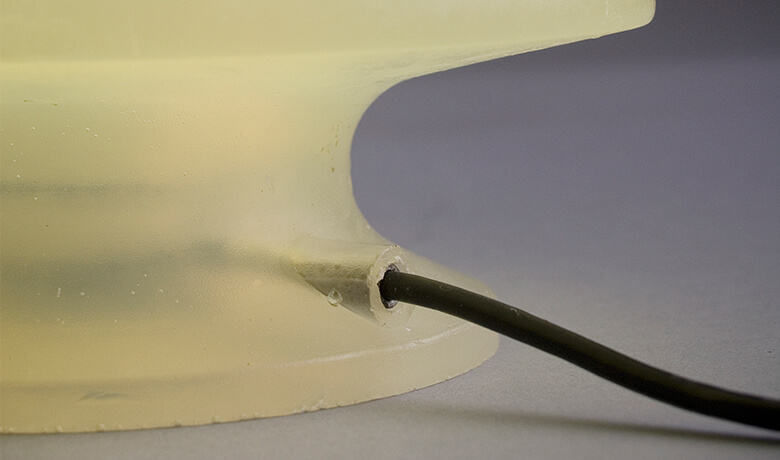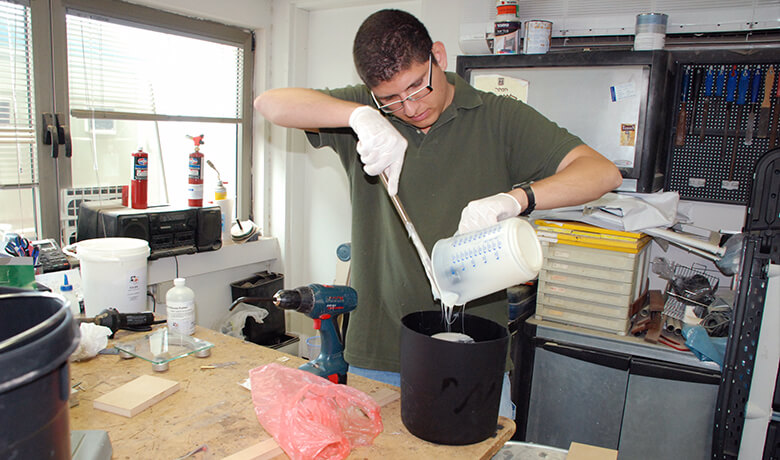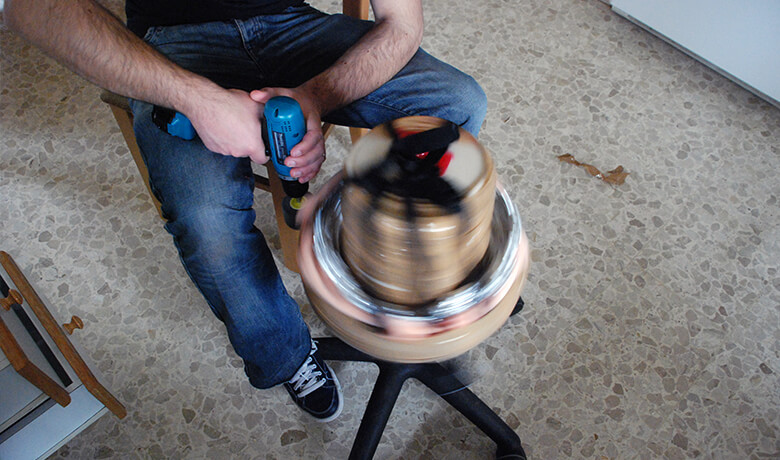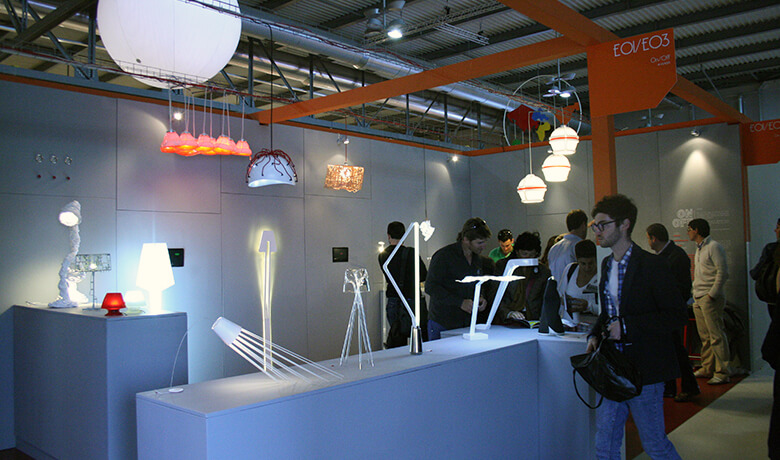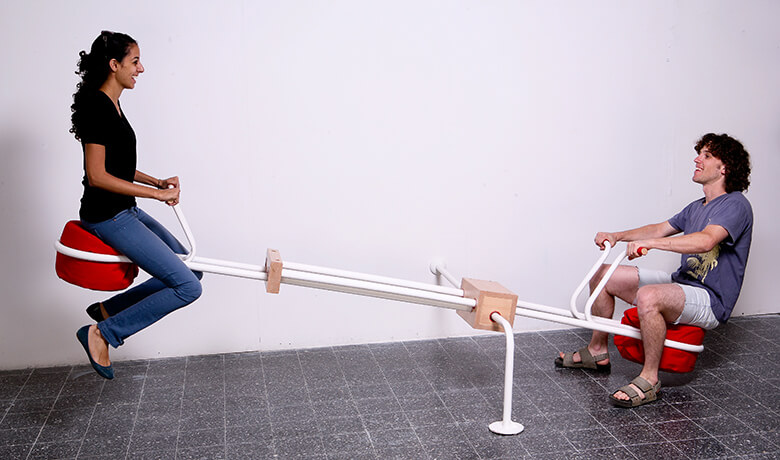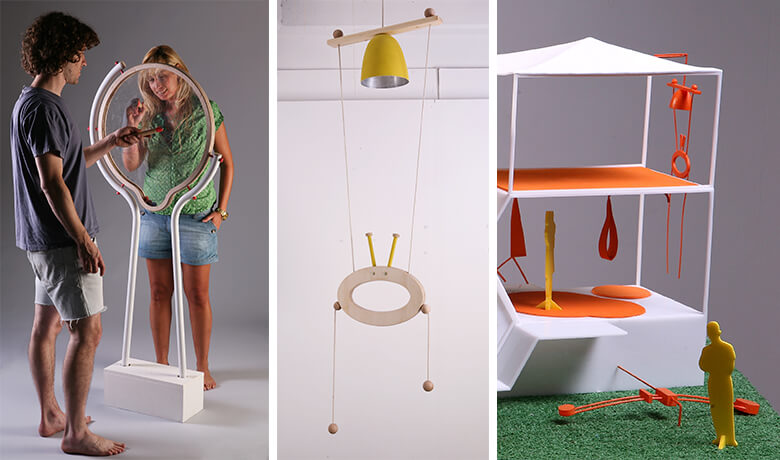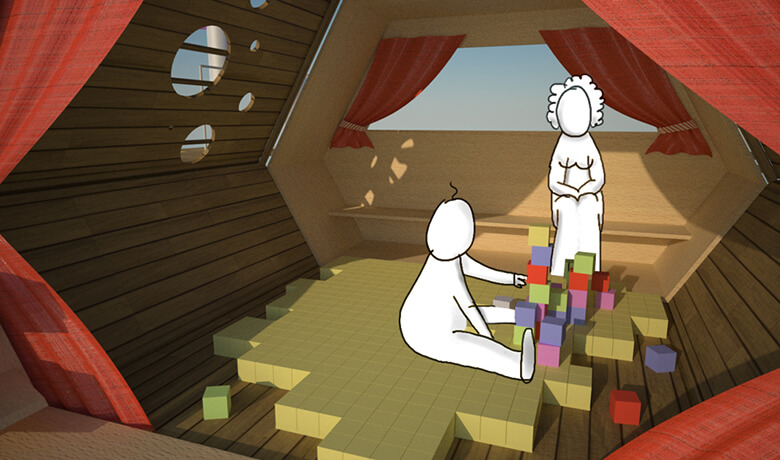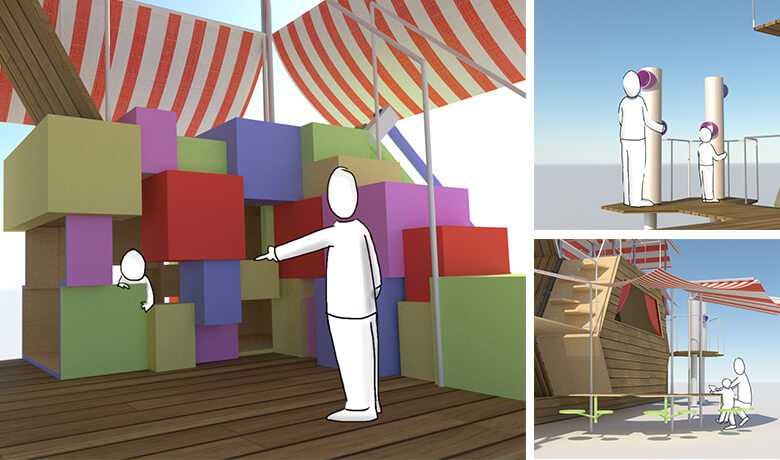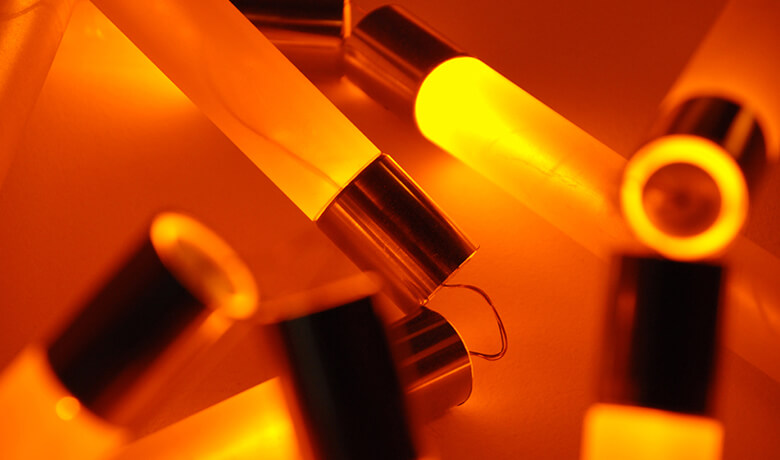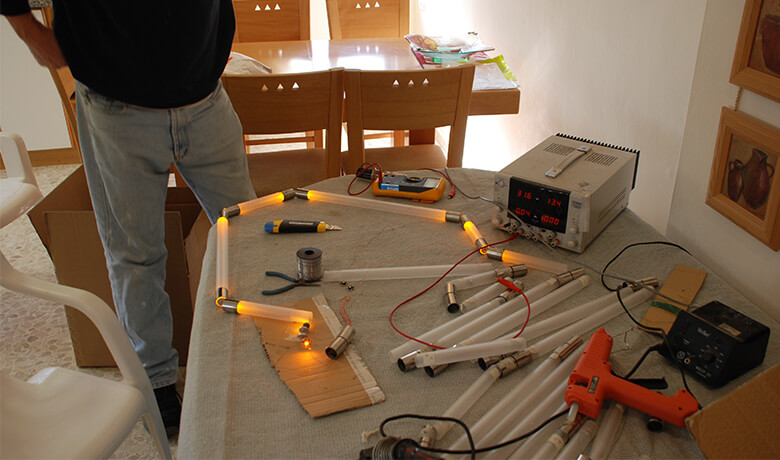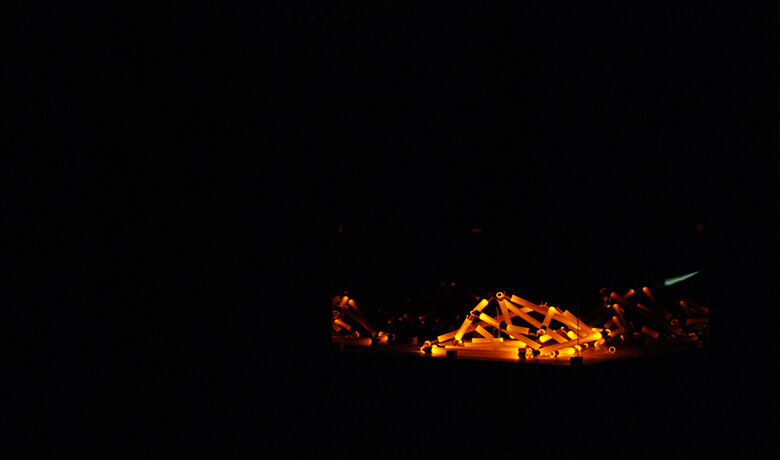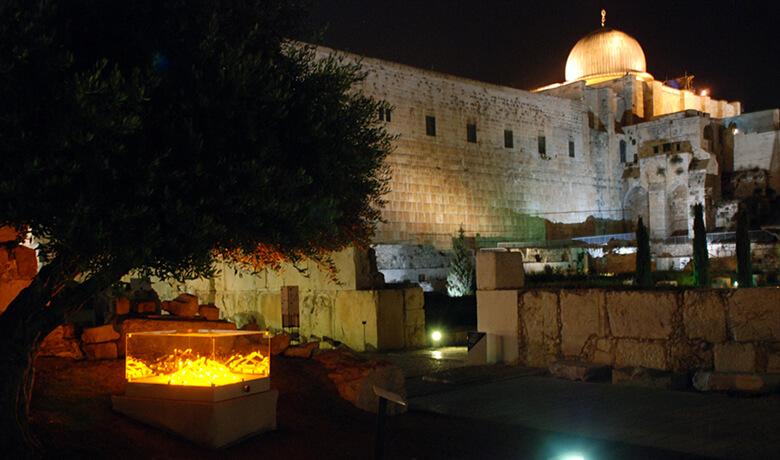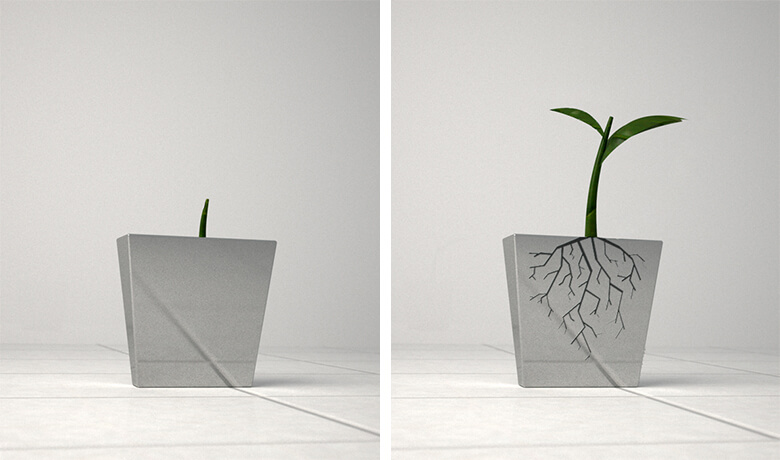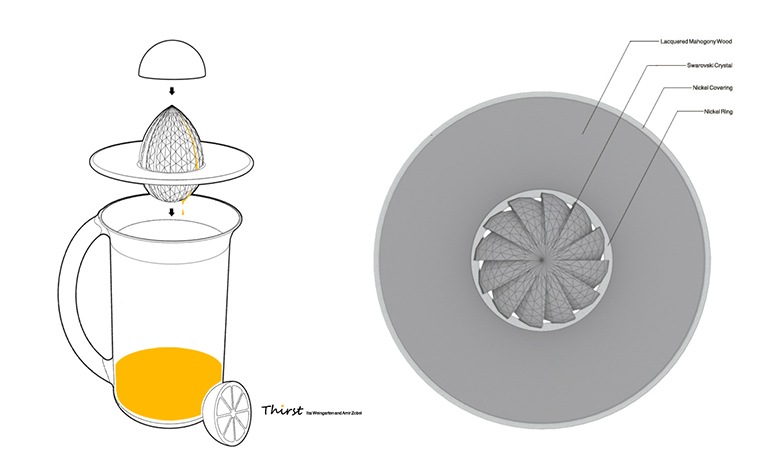Mental State: (2023)
The work seeks to reflect the familiar conscious state in which we find ourselves when we spend long hours scrolling through the depths of our smartphone screens - sometimes in search of something we are looking for and sometimes out of boredom, habit or a need for escapism, in an attempt to gain a foothold in a space of uncertainty.
The work is built from a small robotic arm, made of two servo motors and controlled by a microcontroller, which stupidly, quickly and repetitively scrolls through the smartphone screen in front of it - on the Facebook feed, Twitter, Tinder, TikTok or Pinterest. It is designed to look like a product that is intended to make our task easier and allow us to absorb more information faster, and at the same time, as a critical object that presents us as self-controlled robots.
The work was made for “Event Horizon” exhibition, taking place in The Tel Aviv Biennale of Crafts and Design 2023 in Eretz Israel Museum, Tel-Aviv, during March-May 2023.
SARA - Shy, Anxious Robotic Arm (2021)
SARA is a robotic arm capable of balancing various objects on itself without dropping them. The mechanism operating it is based on the concept of the “inverted pendulum”: a solution of a classic problem in dynamics and control theory, usually demonstrated by balancing an upturned broomstick on the end of one’s finger. This technology is primarily known to the public from popular products that have integrated it into their systems, such as Segway or hoverboards that automatically balance the person riding them.
This project was made for and exhibited in the Jerusalem Design Week 2021 in Hansen House on June ‘21, with great help from maker and engineer Benny Megidish.
Coliving (2021)
The piece is a metaphor for coexistence: Two opposing entities live one by the other and succeed to do so in gentle synchronicity and harmony. Each element is 11.5 cm high and operated with one AA battery.
The work was made for “The New Shape of coExistance”, an upcoming exhibition which will take place in Peres Center, Jaffa.
The Common Thread (2019)
In collaboration with algorithm developer Itay Blumenthal.
This project - which is the result of a half a year-long research - wishes to shine a light at the Arab workers of the Hansen House and their relation to it, through art and craft which combines algorithmics, digital fabrication and methods of hacking and making.
Rusty Terracotta Nails Vase (2018)
The work consists of two objects in which different cultural and material representations are layered together and decoded in different levels: from a distance the objects look like figurative drawings of a vase and a plate (images taken from the world of ceramic vessels); a closer look will reveal they’re made out of rusty nails and an even closer examination will reveal that the nails are actually made out of terracotta clay. The visual resemblance between rusted iron and terracotta from one hand and the differences between their mechanical properties from the other hand - the contrast on which the work is based - come to symbolize our deceiving nowadays culture in which fake and real are often mixed together until one can hardly tell between them.
The work will be exhibited in “Terracotta Rave” exhibition, Binyamini Center, Tel Aviv, from November to December 2018.
GMHH (2017)
GMHH is the result of an attempt to translate the dreidel (a Jewish traditional spinning top) to Arabic - literally, materially and conceptually. Since the dreidel reflects a certain narrative of the history of the Jewish people in the land of Israel - one which is completely opposed to the Arabic nation's - this act of translation generates a conflict.
Sova Sov (2017-2018)
The piece is comprised of five three-dimensional elements resembling spinning tops. Each top reaches almost two meters in height, and is made up of 20 bent LED stripes 2.5 meters long. The LED stripes synchronously switch on and off, creating the illusion of spinning. As the frequency of the flickering increases, the top appears to spin faster and faster.
The work was presented in both the Jerusalem Light Festival and Be'er Sheva Light Festival ("Zohar Dromi") from June till August 2017. A smaller and colorful version of the work was presented in “Hanucalaim” festival in the old city of Jeruslaem on December 2018.
Dermis (2016)
The piece was created for the "Non Contagious Exhibition" in the former lepers-home in the Hansen House in Jerusalem, drawing inspiration from the many pealing walls found in the building. The piece contains three pealing ceramic receptacles as an allegory to the disease of leprosy: when the receptacles are filled with water they absorb some moisture, which creates cracks and peals in the paint and plaster layers around them. The pealing walls and cracked receptacles both poetically reference the former inhabitants of the building: like them, the paint of the walls – serving as skin – came apart and became deformed, mimicking the skin of the patients once dwelling inside those very walls for almost a hundred years.
The work was presented in "Non Contagious Exhibition", Hansen House, Jerusalem, during June '16.
Faraday (2015)
"Faraday cage" is a simple device made of a conductive material and prevents penetration of electrical signals. "Faraday" is a desktop facility that uses this device's properties to block any kind of network reception from an electronic device placed inside of it. The purpose of the device is to generate a ritual of detachment from the mobile phone while having the awareness and true intentions of directing attention to those present - a sort of a visible equivalent of switching to Flight Mode. The device is made of gold-plated brass.
The work was first presented in "DE-TECH" exhibition in Hansen House, Jerusalem, June '15.
Fountain of Life (2013)
"For with you is the fountain of life; in your light we see light" (Psalms, 36/10).
A type of a well of light, which creates in the observer the feeling of looking into the depths of the earth, under the old city. The well represents the undisputable bond between Jerusalem and the roots of the Jewish people: light and water, the sources of life, are both used as allegories for the Torah in the scriptures. All through history these scriptures have united and kept the Jewish people together. The light and water can be physically and metaphorically found in the foundations of Jerusalem, and they have made it the beating heart of the people who longed for the city for thousands of years.
The work was presented in "Light in Jerusalem" festival, June '13.
Jakucha (2012)
"Jakucha" is a hand-held parasol inspired by the element of layers in Ito Jakuchu's works which depict bird feathers and flower petals. "Jakucha" reflects a connection between the past and the present, between tradition and industry and between natural phenomena and commercial products: while the parasol is made out of traditional Japanese parasol materials – rice paper and wood – and created in a similar technique, it requires a complex three dimensional structure designed using advanced CAD tools. Its blossom-like look represents the way nature can be described and reconstructed artificially by mathematical equations. Furthermore, it points to how much knowledge and wisdom these organic forms hold within them and how much we can learn by observing them – Just as Ito Jakuchu seemed to believe and practice.
The work was shortlisted in Designboom's "Ito Jakuchu Inspired" competition and was presented in Tokyo Designers Week, Tokyo, November 2012.
Forfera (2012)
In collaboration with designer Matan Shamir.
"Screen Agers" is an expression coined at the beginning of the twenty-first century in order to describe young people who spend the majority of their time in front of a variety of screens- if it be of a television or of a mobile phone. This phenomenon has had negative impact on children's health, their cultural and spiritual depth, as well as their social behavior.
97% Soap (2010-2011)
In collaboration with designer Matan Shamir, as part of the "Keter Plastic" d-Vision internship.
During the last decade, the field of lighting had significantly changed by the development, progress and use of LED bulbs. The physical and mechanical properties of the LED bulbs opened a new world of possibilities, materials and technologies. The low temperature of the LED light enables the usage of materials with a lower melting point. The glycerin soap is a soft light scattering and a low melting temperature material. It has many advantages as a material for light fixtures; it's cheap, conveniently processed and is person and environmentally friendly. Additions of smell extracts and different pigments create a variety of fragrant and colorful lamps.
The work was exhibited in "Salon Satellite" ,Milan, April '10.
Splendids! (2009)
In collaboration with designer Itay Weingarten.
"Splendids!" (Nifla'ot) is a special mobile playground which travels around the country, reaching places that cannot afford to buy and build facilities for children. "Splendids!" was designed to be used by kids with their parents, in order to create interactions between them and strengthen their bond. It contains optical games, physical challenges, soft surfaces, creation areas and more.
Cold Fire (2008)
The work was designed and inspired by bonfire aesthetics. The appearance and the function both refer to a bonfire: in order to increase the intensity of the light one has to blow on it and "fan" it out. The light grows brighter with more wind exposure. After reaching its highest peak the light will slowly extinguish until the next blow – just like a real bonfire.
The work was presented in "Light in Jerusalem" festival, June '09.
Growth (2008)
Time has different effects on nature, and while it brings revival it also brings erosion. "Growth" flowerpot expresses them both: as time passes by and the plant grows inside the vessel, textures begin to appear over its silvered walls. These textures are achieved by graphically using anti-tarnishing material, which delays the oxidization of the silver. "Growth" utilizes this natural but often unwanted process and brings with it an aesthetic look and food for thought.
Thirst (2008)
In collaboration with designer Itay Weingarten.
“Thirst” juicer is a new way of thinking of crystal usability, by unifying the prestige of crystals and the simplicity of oranges. Motivated by the urge to utilize the crystal's unique qualities for a new purpose of functionality and aesthetics, we tried to clarify the contrasts between the hard and the soft, between the human-made object and the natural creation. The “Thirst” juicer fits any jar and can be used to produce orange juice easily and with style.

